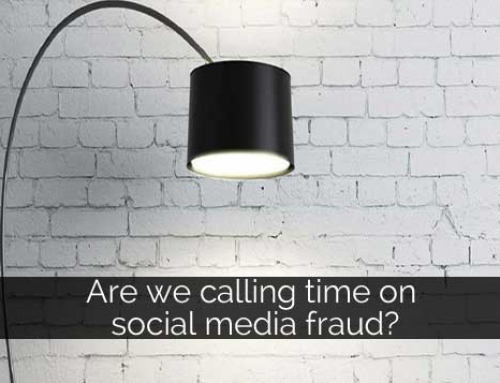Earlier this week, digital strategy and analytics agency Sociagility emailed us their latest benchmarking report. The report examines the activity of UK FTSE-100 corporates in social media, and finds some interesting correlations with wider performance, including share price.
A few of the highlights which particularly spoke to us include:
Twitter gets tacked on to last decade’s comms strategy
Many companies just use Twitter corporately as a broadcast channel…with content consisting almost entirely of references to news releases….it could be a well thought out strategy but is more likely to be because someone in the Press office was seen to “get” Twitter…so he/she got it forever”
This is a really horrible use of Twitter, fully deserving of a deduction of marks rather than a tick for being present on the channel, and the “it’s got stuck in the press office” excuse may be kinder than the companies deserve. It’s not “communicating” with journalists at all, really, it’s just broadcasting at them as if it were 1998 and Twitter is a daily paper. Limiting Twitter use even to proper, thoughtful engagement with journalists would be bad enough, but spewing out press releases doesn’t even get that good.
Confusion and lack of interaction around LinkedIn
Perhaps unsurprisingly, almost all of the corporates had a LinkedIn page. As it’s difficult to tell whether these were autocreated by LinkedIn because of the size of the company though, the organisations have been marked on interaction instead. The numbers here are pretty woeful, with only 20% visibly active on the page. This seems a little more excuseable, though – LinkedIn’s huge leaps in social functionality are relatively recent. It’s taking many organisations a while to realise that things have moved beyond the static page / personal CV stage, and start making good use of the new functions.
The try-hard sectors
Comparative performance across sector groups shows that Pharmaceuticals and Energy (Oil & Gas) are outperforming other sectors by quite a margin. The Finance sector isn’t doing so well with their corporate-targeted activity, which given their recent broad scale bad press is maybe surprising – or perhaps they just have bigger fish to fry right now.
Social media performance related to company valuation
The most headline-grabbing aspect of the analysis, however, is the confirmation of a statistically significant correlation between market capitalisation and certain social-media based metrics. So:
The most valuable companies are the most effective when it comes to using social media. The reverse would also be true“
(my emphasis). So, this could simply be a reflection of the larger resources available to the more highly valued companies – but this seems unlikely as none of the FTSE-100 corporates are exactly operating on micro-business marketing budgets. It could also be that an innovative and agile approach, strong use of communications channels, and financial success are linked.
As a final note, the study focused on Corporate communications only. IE, that content targeted at investors, other stakeholders, the media and so on. We’d love to know what repeating the exercise by FTSE-100 entity, but looking at the aggregate of their consumer brands and related activity would show – is this purely about making a better impression (or even just getting positive messages across) to investors, or is there a wider value add?
The full report can be found on Sociagility’s site here.




Leave A Comment